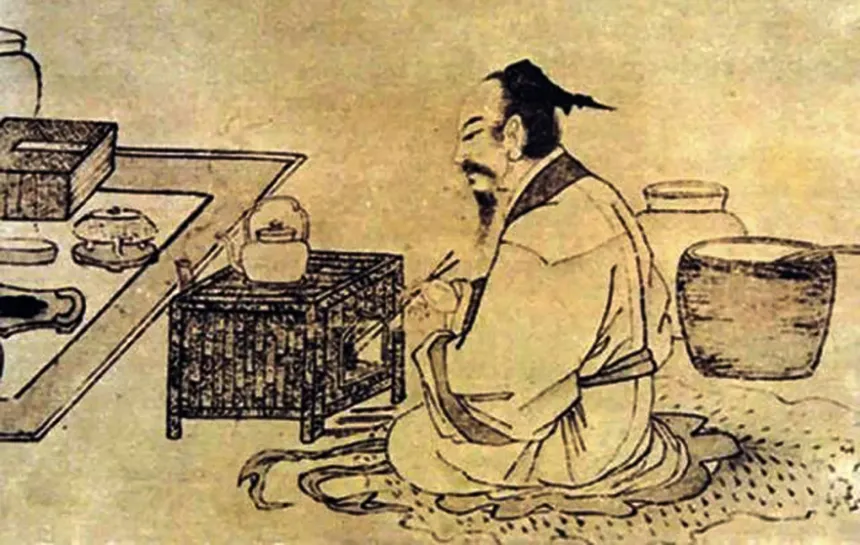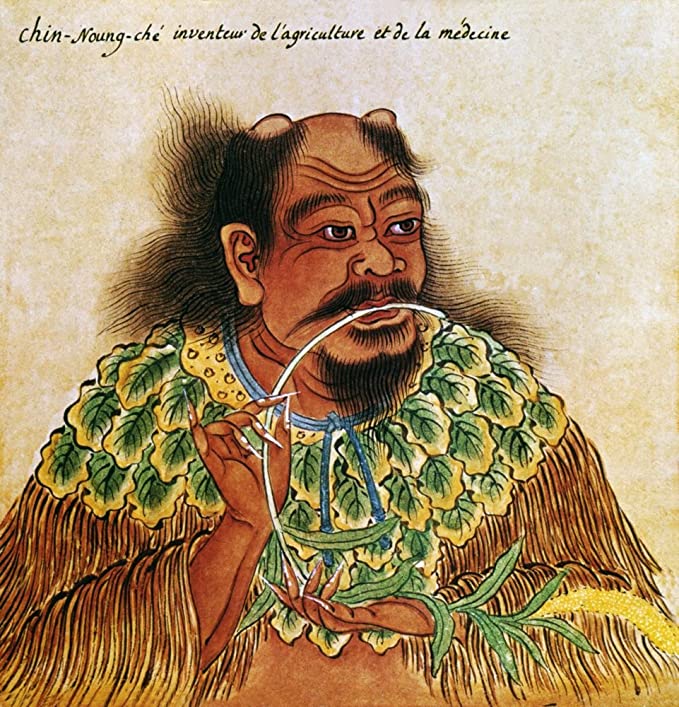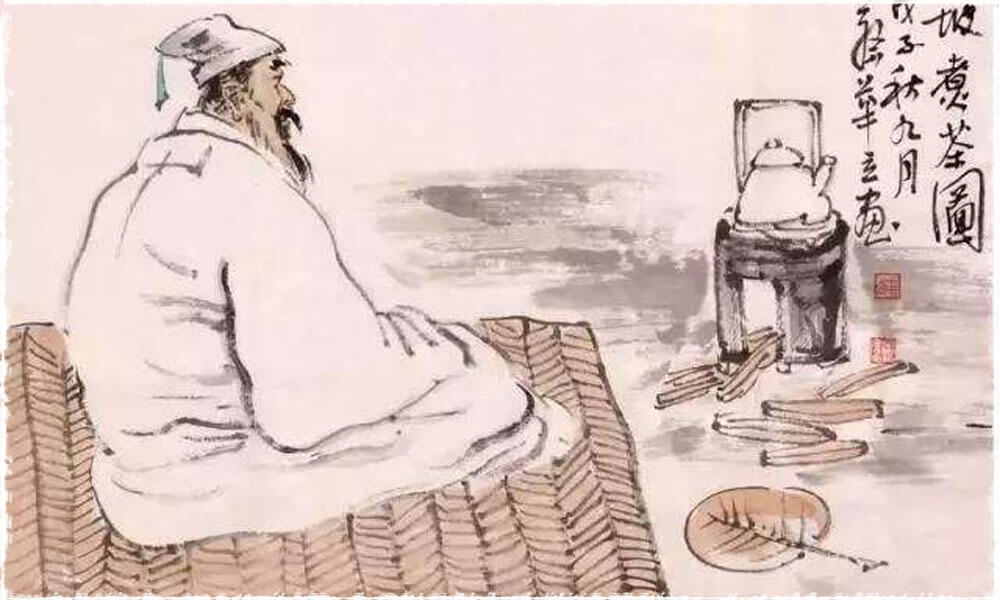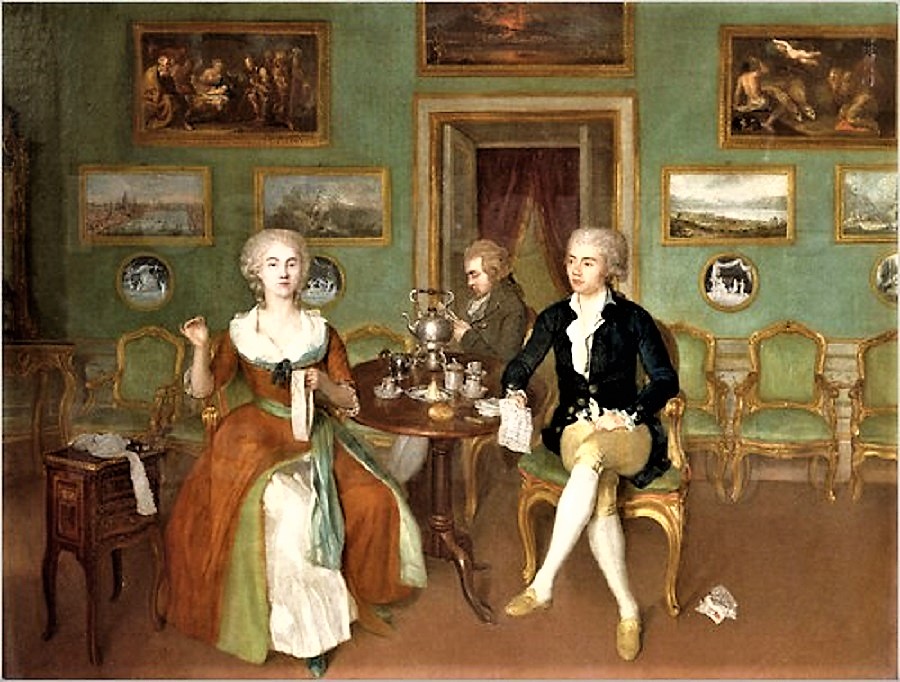
The significance of green tea in China and Chinese history and culture is epic. This legend would solidify China as the world's biggest exporter of tea, exporting over 2,400,000 metric tonnes of tea per annum. Green tea in China is the world's most popular drink today. With so many avid drinkers worldwide, this gives green tea in China a huge advantage as the biggest exporter of tea globally.
The origin of tea drinking is unknown. By most accounts, the beginnings of the green tea culture in China began around 2737 B.C. So, let us look at how tea became so popular and how crucial green tea in China is to the Chinese history and culture.
The Origins of Green Tea
According to one folklore tale, Shen Nung, the second emperor of China, studied plants and herbs. It was one of his greatest passions. He devoted himself to the science of botany. Luckily, he was in the courtyard when a blossom leaf dropped into his boiling pot of water. (Camellia Senensis) Instead of thinking of impurity, he decided to experiment and drink the water infused with the leaf. The taste of the drink surprised him. The green leaf enhanced the taste. Hence, tea came to be. All types of tea-- black, white, oolong, and even green tea in China originate from the green leaf -- Camellia Sinensis.

In another tale, a farmer was scared of catching germs during the monsoon. To stay hygienic, he decided to boil his water before consuming it. Without him knowing, a mint leaf fell into his water while it was boiling. But after he drank it, he instantly felt refreshed and full of energy.
In another instance, a farmer searching for edible grains and herbs accidentally poisoned himself 72 times! Before the poisons ended his life, a leaf drifted by the wind into his mouth. He chewed on it, and to his surprise, it revived him. This is how the peasants describe finding out about tea.
These instances all reference mixing leaves with water and even eating leaves alone. This highlights how nature, and Shennong, the mythical inventor of Chinese agriculture, are significant to Chinese culture and history.
Methods of Consuming Tea
Archeological evidence suggests that tea was first cultivated in China as early as 6000. The same plant that once grew 6000 years ago exists today all over the world. However, when tea first originated, its consumption was far different from today.
Green tea leaves in China were eaten as vegetables and cooked with grain porridge in the ancient days. Tea only shifted from food to drink around 1500 years ago. Around this time, people began to see how mixing tea leaves with heat and moisture could produce an aromatic drink with many benefits. Interestingly, this drink's purpose was purely medicinal initially. Doctors would prescribe green tea in China to their patients; sometimes, it would work!

After hundreds of years of variations in tea preparation methods, the standard became "heat" tea. In this era, dry tea leaves were packed into portable cakes and broken down to mix with hot water. This drink became known as ‘matcha,’ a term you may be familiar with today. Matcha is extremely useful in boosting focus and easy to prepare.
Types of Tea in China and their Benefits
Tea is regarded as one of the seven essentials of life in Chinese culture. In China, teas are of five fundamental types: white, green, oolong, black, and post-fermented (Puerh).
Kung Fu is almost as known in Chinese culture as tea in China. Moreover, tea is used more often for healthy living than to quench thirst.
Hence, here are the five types of tea in China:
- White Tea: Steeping dried, immature Camilla Sinensis tea bush leaves produce white tea. White tea's benefits include anti-aging properties and healthy, smooth skin.
- Green Tea: The leaves of the Camilla Sinensis tea bush leaves produce green tea in China through a quick fermenting process. Green tea contains healthy bioactive compounds, increases body fat burning, and helps prevent cardiovascular disease.
- Oolong Tea: The Camilla Sinensis tea bush leaves' withered leaves go through a unique drying and oxidation process to create oolong tea. It has well-acknowledged health advantages, just as other Chinese teas.
- Black Tea: Camellia Sinensis and Camellia Assamica tea bush leaves produce black tea in China. These leaves are harvested, wilted, and lightly crushed, and the black tea leaves are oxidized. But since the process takes longer, the resulting teas are more complex and darker in color. The benefits of black tea include antioxidant properties, lowering blood sugar, and improving heart health.
- Post-fermented Tea: Post-fermented teas like Puerh are the darker tea kinds from newly plucked leaves. Moreover, these leaves have undergone a particular procedure that exposes them to humidity and oxygen for an even more extended time than black teas. The benefits of post-fermented tea include boosted immune system, improved digestion, and high energy levels.
Global Impact of Tea
Matcha became so popular in China alone that a distinct tea culture emerged. Green tea in China was the subject of books and poetry, a favorite drink of emperors, royals, and artists. Some of these artists would draw extravagant art pieces in the foam of the matcha. It is like the ‘latte art’ we see in cafes today.
In the 14th century, China held a virtual monopoly on the tea plant, making tea one of the three important exports of China. As tea drinking spread worldwide, this gave China an economic upper hand.

By the mid-1700s, tea sold for ten times more than coffee. The plant was still grown for green tea in China. The tea trade was so lucrative that the fastest sailboat, the Clipper Ship, came out of intense competition between the western trading companies. All of them were racing to be the first ones to get their hands on the tea and bring it back to Europe to maximize their profits.
At first, the British traded silver for tea. When that proved too expensive, the British opted to pay with opioids. This triggered a massive health problem in China as people became addicts to the drug. Finally, in 1838, a Chinese official ordered his men to destroy the gigantic shipments of opium. This warned the people of the threat that loomed if left unchecked.
Conclusion
In conclusion, tea is the world's most popular drink today. In today's age, it is a vital piece of culture. People from many countries consume it daily. Its use is diverse and widespread, with many benefits. The significance of green tea in China is still unmatched. With such popularity, is it shocking how lucrative the tea trade became in the mid to late 19th century or today? Not really.
If you enjoyed this post, please like and share it. I would love to hear your thoughts in the comments below. The Chinese culture is unique and intriguing. So, check out some of our posts to learn more about Chinese culture and society. The Diverse Chinese Culture: Why I Love It and Why Do Chinese Dumplings Hold A Cultural Significance are a couple of examples.
